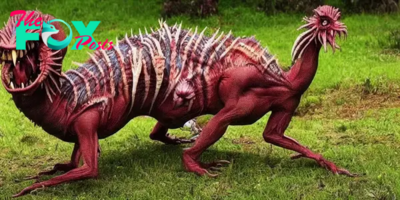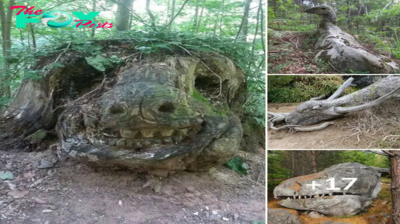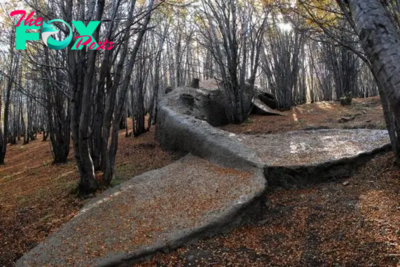Mysterious
nht.”The King Cobra is the longest venomous snake.”
The King Cobra, scientifically known as Ophiophagus hannah, holds the title of being the longest venomous snake in the world. Found predominantly in forests and plains across Southeast Asia, it commands attention not only for its impressive size but also for its potent venom and unique characteristics.
Measuring up to an astonishing 18 feet (5.5 meters) in length, the King Cobra stands out among its serpent counterparts. Its elongated body, covered in olive-green scales, is complemented by a distinctive hood that it can expand when threatened, displaying an intimidating spectacle of yellow and black bands. This behavior serves as a warning to potential predators and rivals, asserting its dominance in its natural habitat.

The diet of the King Cobra primarily consists of other snakes, including non-venomous species and even smaller individuals of its own kind. This preference makes it an apex predator in its ecosystem, adept at hunting and consuming its prey whole. Despite its fearsome reputation, the King Cobra typically avoids confrontation with humans unless provoked, preferring to retreat rather than engage in aggression.
One of the most remarkable aspects of the King Cobra is its venom. Unlike some venomous snakes that inject venom through hollow fangs, the King Cobra delivers its toxic cocktail through short, hollow fangs located at the front of its mouth. Its venom is predominantly neurotoxic, targeting the nervous system of its prey or threats and causing rapid paralysis and, potentially, death if untreated.
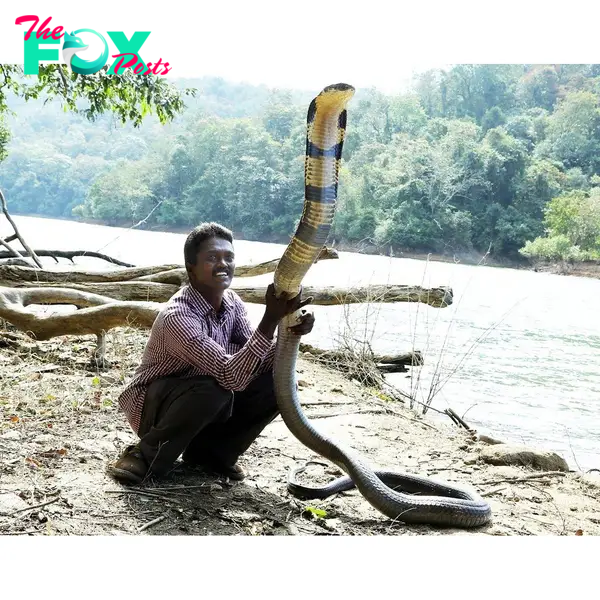
Due to its potency and the volume of venom it can inject in a single bite, the King Cobra poses a significant danger to humans. Encounters with this formidable snake can result in severe envenomation, requiring immediate medical intervention and antivenom treatment to counteract its effects.
In addition to its physical attributes and hunting prowess, the King Cobra holds cultural and symbolic significance in many Southeast Asian societies. Revered and feared in equal measure, it features prominently in folklore, mythology, and traditional medicine practices across the region. Its imposing presence and deadly capabilities have earned it a place in both local legends and modern conservation efforts aimed at protecting its dwindling habitats.

Despite its formidable status as the longest venomous snake, the King Cobra faces numerous threats to its survival in the wild. Habitat loss due to deforestation, human encroachment, and illegal wildlife trade pose significant challenges to its population numbers. Conservation initiatives, including protected areas and education programs, are crucial in ensuring the continued existence of this iconic species and preserving its ecological role in Southeast Asia’s diverse ecosystems.

In conclusion, the King Cobra stands as a testament to the marvels of nature, blending awe-inspiring physical traits with lethal capabilities. Its role as the longest venomous snake underscores the delicate balance between human interaction and wildlife conservation, emphasizing the need for sustainable practices to safeguard its future in the wild.
-
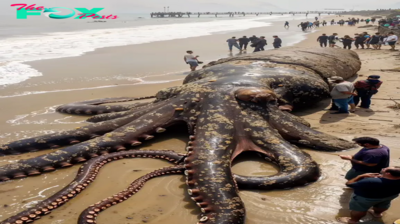
 Mysterious3m ago
Mysterious3m agoSA..The Astonishing and Terrifying Experience of Coming Face to Face with a 4-Meter Octopus!..SA
-
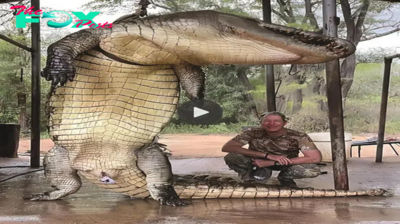
 Mysterious3m ago
Mysterious3m agonht.”Exploring Humanity’s Pursuit of the Legendary 9-Meter, 4-Ton Giant.”
-

 Mysterious3m ago
Mysterious3m agonht.Once-In-A-Lifetime Footage Of A Massive Humpback Whale Leaping Out Of The Water Next To A Fishing Boat
-
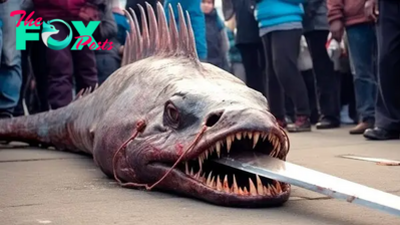
 Mysterious3m ago
Mysterious3m ago.Global Sensation: Mesmerizing Footage of Giant Prehistoric Swordfish Captivates Audiences..D
-
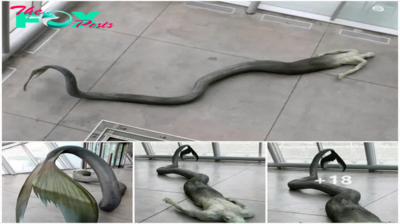
 Mysterious4m ago
Mysterious4m agonht.The discovery of a peculiar creature with human and fish-like features is causing a stir on social media.
-

 Mysterious4m ago
Mysterious4m agonht.Google Maps reveals a possible extraterrestrial portal near Area 51, sparking widespread interest in the UFO community.
-

 Mysterious4m ago
Mysterious4m ago.Heroic Act: Rescuing Live Turtles from Fish Markets and Returning Them to the Ocean..D
-
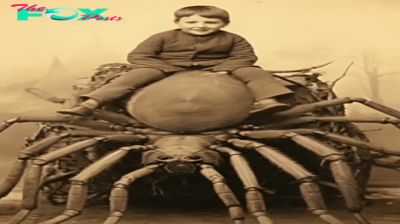
 Mysterious4m ago
Mysterious4m agoB83.Exploring the Universe: Alien Forms and Their Extraordinary Means of Transportation Revealed
